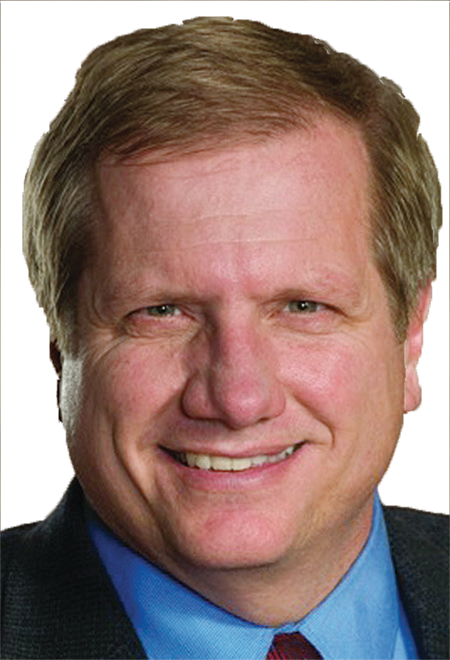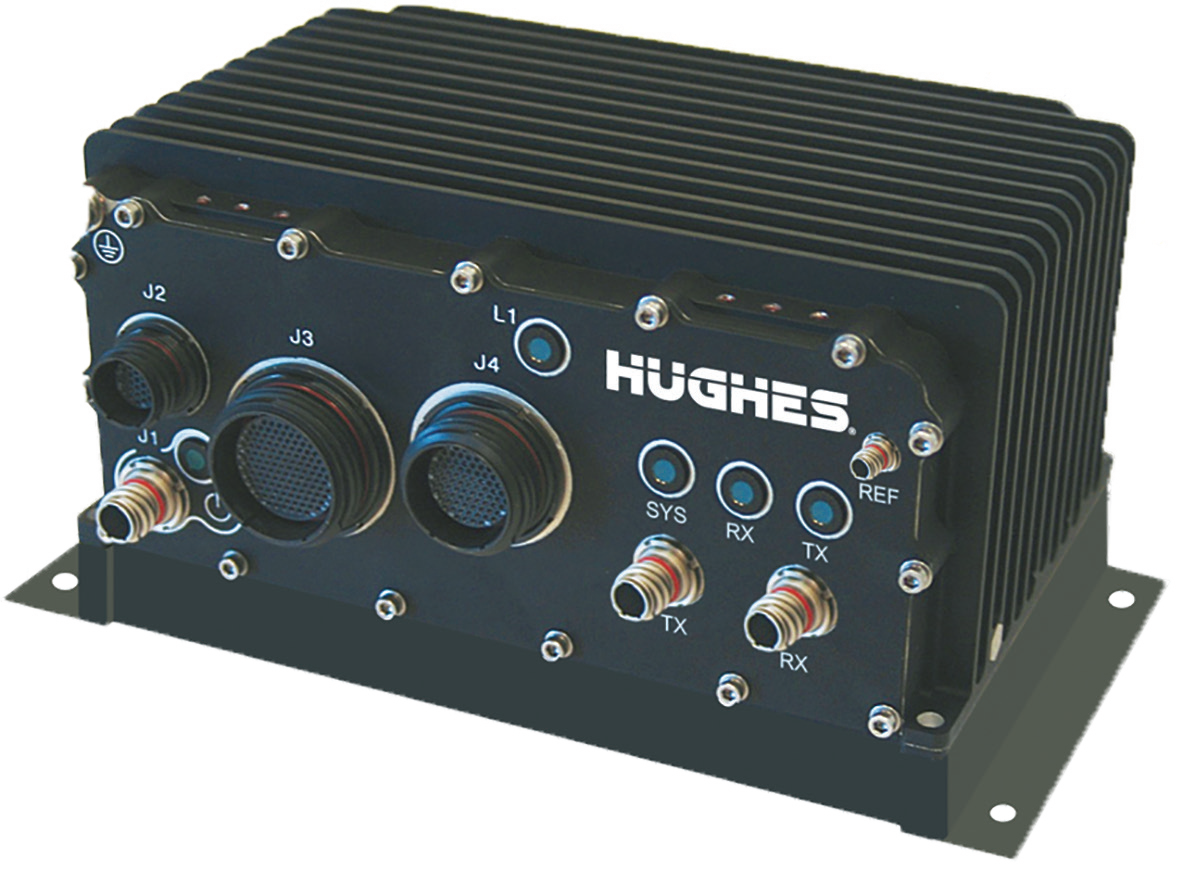The DoD continues to face the dual problem of dealing with the current atmosphere of fiscal restraints while simultaneously seeking to protect its space and communications assets from becoming compromised from an ever growing list of threats.

To that end, the U.S. Air Force’s Space and Missile Command (SMC) and Congress have looked more and more to industry to deliver potential solutions through innovation and cooperation. Hughes Defense and Intelligence Systems Division (DISD) already plays a significant role in this process through the development of customized state-of-the-art technologies and solutions built from the company’s enterprise strengths and evolved to better solve the specific challenges facing our government.
Budget pressure and reason require the Pentagon to examine the United States’ need for satellite communications that are protected and affordable for assets currently in orbit, as well as looking to the next generation of fleet replacements. Protecting these assets presents an interesting and exciting challenge, as upgrades to hardware on orbit cannot be physically added. This is where innovation can play a major role—especially in the advancements in waveform and modem technology for terminal and ground systems.
SMC Protected Tactical System Study Participation
In 2012, the Defense and Intelligence Systems Division of Hughes successfully demonstrated its advanced network management capability and a prototype was developed using SOA-based software framework and rule-engine technology, highlighting dynamic resource allocation. The capability was designed in conjunction with Space Systems Loral (SSL) for the U.S. Air Force Space and Missile Command Protected Tactical System (PTS) study. Hughes designed the PTS mission management system architecture for protected MILSATCOM and provided a cost model demonstrating lower cost compared to traditional MILSATCOM based on Hughes’ proven designs and customized software.
Advanced Satellite Waveforms
Hughes’ enterprise-grade solutions have been subsequently engineered for military and commercial use and can be easily integrated within existing military systems and hardware. Looking to the future, Hughes’ newly developed Software Defined Radio (SDR) platform can host multiple waveforms, such as the USAF SMC PTS (protected tactical SATCOM waveform), traditional MILSATCOM waveforms, and specialized waveforms such as Hughes SCMA (Scrambled Code Multiple Access) which allow for smaller antenna sizes and other important features. Various DoD commands, including the U.S.A.F.’s SMC and the U.S. Navy SPAWAR, are developing requirements for such software definable modems and to operate with new and existing terminal hardware.
Network Management Techniques and Dynamic Resource Allocation
While there is much current emphasis on waveforms, modems and terminals, advancements in Network Management will play a key role in future DoD SATCOM systems. Dynamic resource allocation (DRA) is a key network management tool that enables an affordable, protected SATCOM solution.
This has been a Hughes strength for many years and is inherent in the firm’s current network of more than one million users. In addition, Hughes can provide the military and intelligence communities the tools needed to remotely manage their networks for improved operations and reliable, secure communications. Hughes’ network management is achieved through an advanced set of diagnostic technologies to continuously monitor all networking devices, computing devices, and storage devices for status updates and detailed statistics, enabling efficient management and optimization of network performance. Efficient network management results in seamless integration of disparate communication systems (satellite, wireless, terrestrial) in end-to-end connectivity—a solution provided to many of Hughes’ enterprise grade customers that can now also benefit the DoD.

A Hughes SDR modem.
Managed Services for Maximum Efficiency
Ultimately, Hughes sees many DoD SATCOM networks (including protected communications) going to a managed services model. At Hughes DISD, our drive is to support the government customer to successfully adopt and employ managed services to fully manifest the capabilities the agency already possesses at a greatly reduced cost. Managed services are the key to supporting an agile and mobile ecosystem for command, control and situational awareness.
Ground-based information processing and management will aggregate and unify diverse capabilities for the rapid deployment of information to the end-user and enhance virtual management capabilities for the individual operator.
The Hughes DISD focus is to use as a foundation the best of our advanced technologies to drive the innovation necessary to develop DoD solutions, instead of taking a COTS approach that sometimes amounts to forcing a square peg into a round hole.
The distinctive culture at Hughes DISD sets this division apart from competitors in the enterprise and consumer world as we note ample opportunities to apply the same advantages from the commercial world over to the DoD. Over the last six years, Hughes DISD has continually positioned itself as America’s master-builder architect of advanced solutions for the rapidly changing requirements of the government customer.
The DoD’s need for solutions to its toughest challenges drives our dedicated team to unparalleled creativity and innovation.
Hughes DIS: defense.hughes.com/


